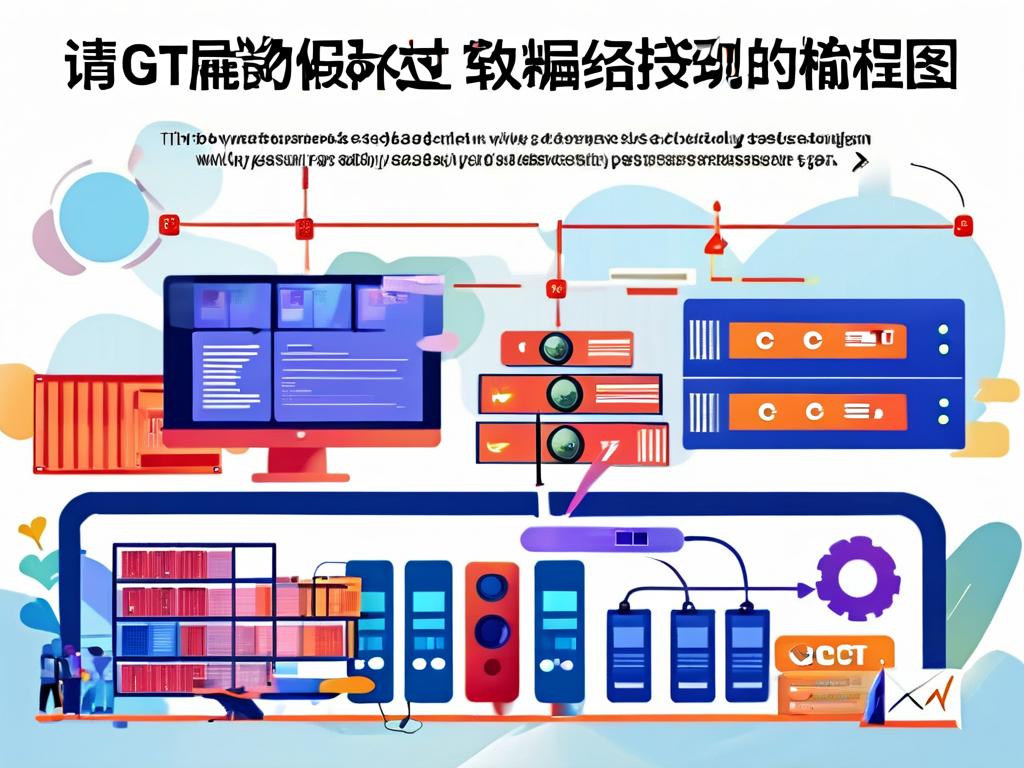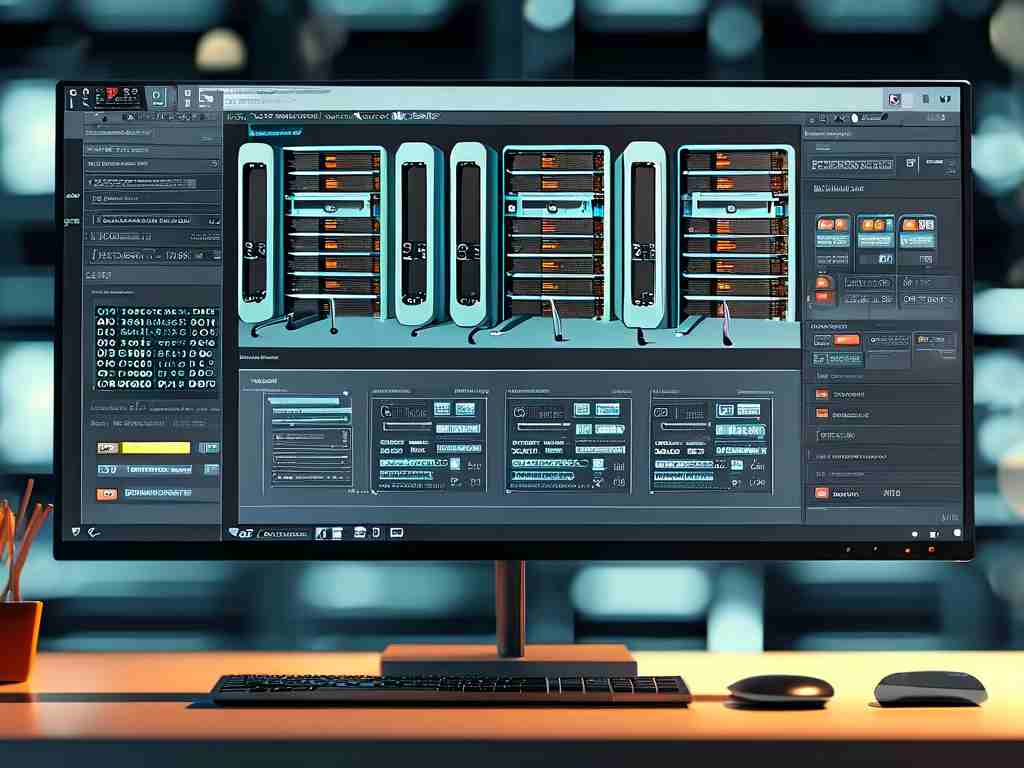In modern software development, integrating Git with CI/CD pipelines has become a cornerstone for efficient code deployment. This article explores how teams can leverage these tools to create robust automated workflows while maintaining code quality and accelerating release cycles.

The Foundation: Git Version Control
Git remains the backbone of collaborative coding. By organizing work through branches, developers can isolate features, bug fixes, and experiments without disrupting the main codebase. A typical workflow involves:
git checkout -b feature/new-auth git commit -m "Add multi-factor authentication module" git push origin feature/new-auth
This branch-based approach enables parallel development while preserving a clean main branch. However, the true power emerges when Git merges with CI/CD systems.
CI/CD: The Automation Engine
Continuous Integration and Continuous Deployment (CI/CD) systems monitor Git repositories for changes. When new code is pushed, these tools automatically:
- Run test suites
- Build artifacts
- Deploy to staging environments
Popular platforms like Jenkins, GitLab CI, and GitHub Actions use YAML-based configuration files. Below is a simplified GitHub Actions workflow:
name: Node.js CI
on: [push]
jobs:
build:
runs-on: ubuntu-latest
steps:
- uses: actions/checkout@v4
- name: Install dependencies
run: npm install
- name: Run tests
run: npm test
- name: Deploy to staging
if: success()
run: ./deploy-script.sh
Bridging Git Strategies with Pipeline Rules
Smart branch protection rules enhance automation reliability. Teams often configure:
- Main branch: Requires pull request reviews and passing CI checks
- Feature branches: Trigger limited test suites
- Hotfix branches: Bypass certain stages for emergency deployments
These rules are enforced through Git hooks and CI/CD conditions:
# Sample pre-push hook npm run lint && npm test
Environment-Specific Deployment Patterns
Mature workflows incorporate multiple deployment targets:
- Staging: Auto-deployed from development branches
- Production: Manually triggered from version tags
- Canary: Percentage-based rollouts using Git tags
Tagging releases creates audit trails:
git tag -a v1.2.3 -m "Production release January" git push --tags
Handling Pipeline Failures
Effective automation requires failure management strategies:
- Automated rollbacks via Git revert triggers
- Pipeline status checks blocking faulty deployments
- Alert integrations with team chat platforms
Teams should monitor metrics like:
- Deployment frequency
- Lead time for changes
- Mean time to recovery
Security in Automated Workflows
Integrating security scans into CI/CD pipelines adds crucial safeguards:
- Secret detection in Git history
- Dependency vulnerability checks
- Infrastructure-as-code validation
Tools like GitGuardian and Trivy can be added as pipeline steps:
- name: Security Scan run: trivy fs --severity HIGH,CRITICAL ./
Optimizing Pipeline Performance
Slow CI/CD cycles hinder developer productivity. Acceleration techniques include:
- Parallel test execution
- Caching dependencies
- Selective triggering using Git path filters
paths: - 'src/lib/**' - 'package.json'
The Human Factor
While automation handles technical processes, team coordination remains vital:
- Clear Git commit message conventions
- Documentation of pipeline behaviors
- Regular workflow reviews and updates
Future Trends
Emerging practices combine GitOps with traditional CI/CD:
- Infrastructure changes via pull requests
- Git as single source of truth for environments
- Automated policy enforcement through code
As teams mature, they often evolve from basic automation to sophisticated deployment strategies like blue-green deployments and feature flagging, all orchestrated through Git events.
Integrating Git with CI/CD automation creates a powerful synergy between version control and deployment mechanics. By establishing smart branching strategies, comprehensive pipelines, and security checks, organizations can achieve faster delivery cycles without compromising stability. The key lies in continuously refining workflows to balance automation efficiency with human oversight.









